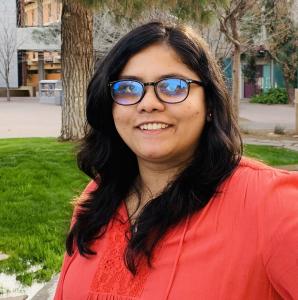The role of crowdsourced Big data in detecting mobility patterns from active transportation modes in urban areas

Arizona State University
Transportation performance management depends on quality data, yet data for bicyclists is notoriously insufficient. Most cities lack bicycle count programs altogether, and even those that have them do not generally have sufficient coverage (location, time of year, etc.) to produce reliable estimates. Without an understanding of where and when people bicycle and walk, cities, counties, and states cannot fully understand the relative risk of those activities, nor can they adequately plan for facility expansion, network completion, and maintenance. For example, bicyclist fatalities reached a 25-year high in 2016 in the USA, despite bicycle safety being an emphasis area in 36 states’ Strategic Highway Safety Plans (SHSP). While no increase in fatalities is desirable, the situation is even more dire if the increase in raw numbers is accompanied by an increased fatality rate per trip or per bicyclist – information that can only be calculated with reliable bicycle exposure estimates. Given the lack of traditional sources of bicycling ridership data (i.e., robust, consistent counting programs), crowdsourced data (eg: Strava fitness app) has emerged as a potentially key supplementary data source. However, crowdsourced data are a biased sample of ridership. While the high spatial and temporal detail and coverage of crowdsourced data make them attractive to many cities to fill gaps in traditional data sources, this should be done carefully. Some early work has indicated that integrating crowdsourced data and official counts using GIS and spatial statistics can generate ridership maps from crowdsourced data that represent all bicyclists. In this talk, we will discuss a recently created framework for generating bias adjustment factors for Strava ridership data in Tempe, AZ, to allow for use of the data to estimate bicycle ridership city-wide in a reliable way and demonstrate its applicability at a wider scale.
Avipsa Roy is a PhD candidate in the School of Geographical Sciences and Urban Planning at Arizona State University. She has a Bachelor's degree in Computer Science from the University of Calcutta, India and a Master’s degree in Geoinformatics from the University of Muenster in Germany. She has worked in the industry for nearly 5 years as a geospatial analyst to develop algorithms that can help define spatial processes using machine learning techniques. Her PhD thesis encompasses developing quantitative methods for movement pattern analysis using GPS data. She combines computer science, spatial analytics and geographical information systems to understand spatial-temporal patterns in urban mobility.